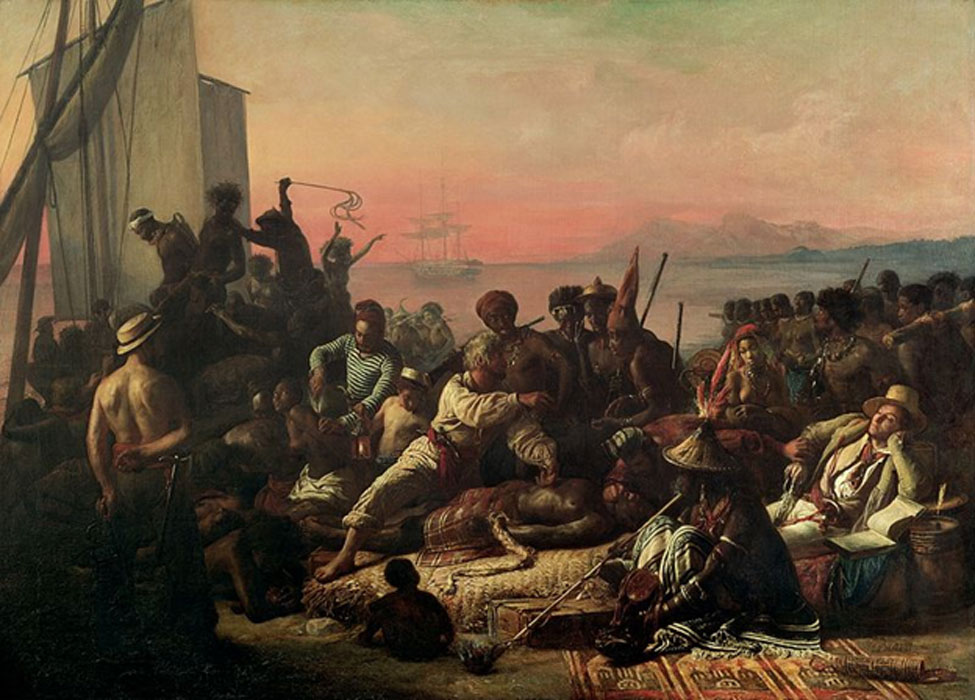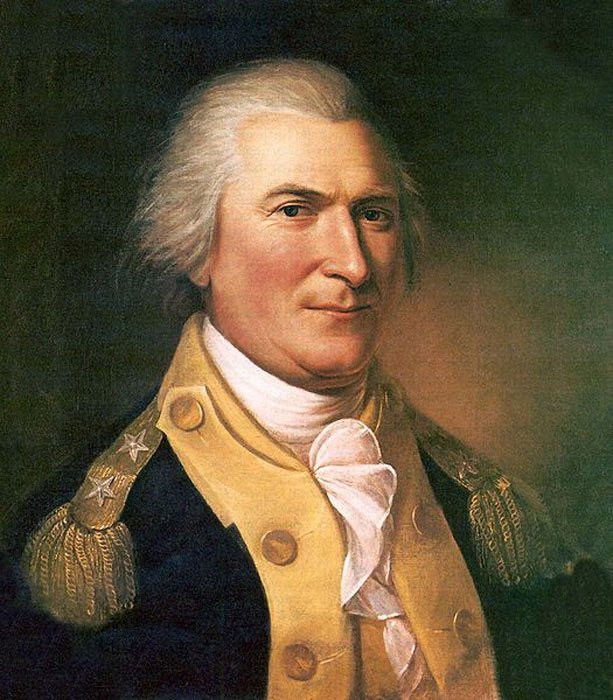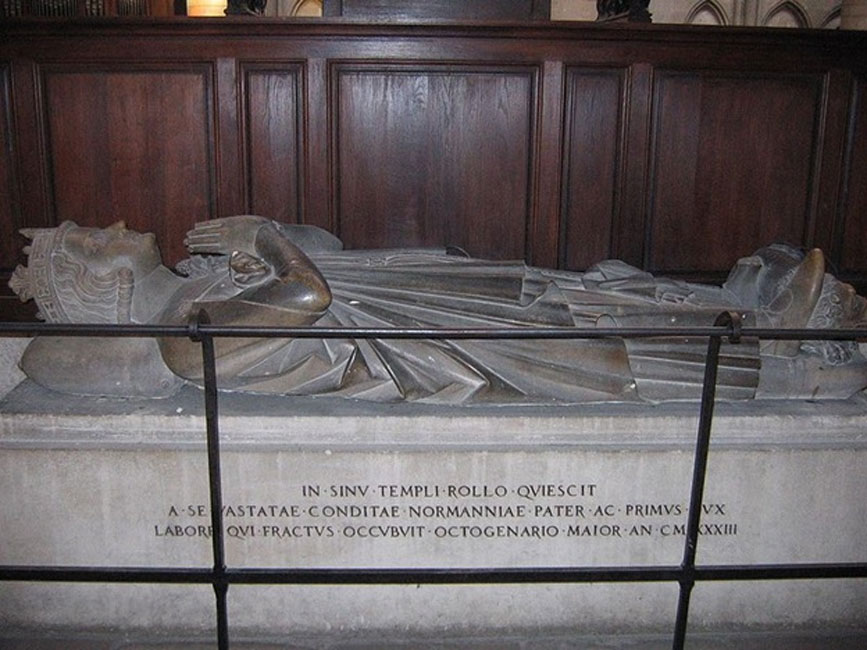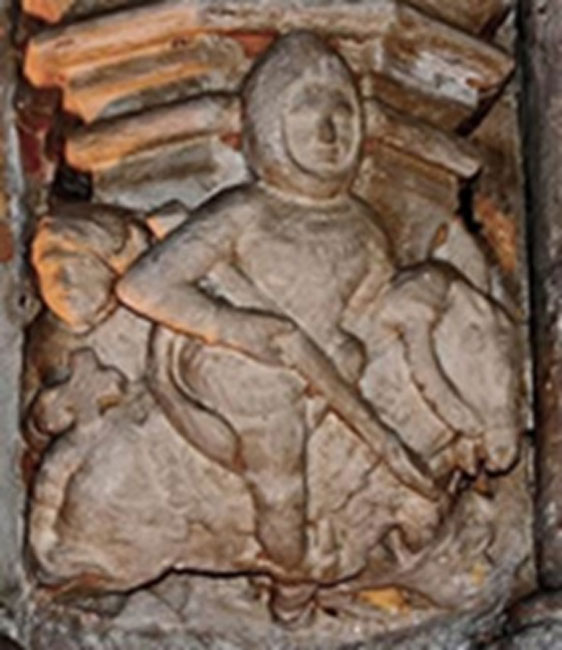
Arthur St. Clair the Viking Descendant and Abolitionist Who Became President of America
The man who instigated the abolition of slavery in North America was born on March 23, 1734, in Thurso, a small fishing village on the north-east coast of Scotland. Arthur St. Clair would live a life of adventure which on February 2, 1787, culminated in his election as President of the United States. However, not only was the military and presidential legacy of this historical hero washed out with 18th century ‘Fake News’, but so too was his ancestral lineage of powerful Vikings and Norman warlords.

Portrait of Arthur St. Clair (1737-1818) by Charles Willson Peale (1782). Independence National Historical Park, Philadelphia. (Public Domain).
Arthur St. Clair’s life and key achievements were perfectly laid out in the recently deceased author R.W. Dick Phillips’ 2014 book Arthur St. Clair: The Invisible Patriot which details the meteoric rise of this Scottish born revolutionary thinker, who would challenge the dogmatic American institution to bring about the abolition of slavery.
Arthur St Clair’s Viking Lineage
There is a saying: ‘what is born in the blood cannot be driven out of the bone’ and it might have been Arthur’s mother’s tales about his Viking ancestors that woke the warrior within him. St. Clair was a brilliant military tactician from an ancient lineage of powerful Norse Sea Lords and Norman Kings. Sir Henry St. Clair, the second Baron of Rosslyn, claimed descendancy from the powerful ninth century Norse warlord Røgnvald (the Mighty or Wise) Jarl (Earl) of Møre in Norway and Chief of the Orkneys (an island group off north-east Scotland.)

Grave of Rollo of Normandy, Duke of Normandy, at the cathedral of Rouen, Seine-Maritime. Rollon (Gange-Rolf) or Walking Rolf, born in Ålesund, at the west coast of Norway. (CC BY-SA 3.0))
According to scholar Barbara Crawford in her 1987 book Scandinavian Scotland: “in 912, Røgnvald's son Rollo signed the Treaty of St Clair-sur-Epte (from where the St. Clair family takes its name) with King Charles III of France.” Rollo secured the Duchy of Normandy and in 1066, Sir William (the Seemly) St. Clair, a Norman knight claiming to have descended from Rollo, fought in England alongside his first cousin William the Conqueror, the first Norman King of England.
The St Clairs of Rosslyn
In 1068, Sir William accompanied the Hungarian Princess Margaret to Scotland to marry King Malcolm III and in 1070 William was appointed ‘Cup Bearer’ to Queen Margaret, and the king granted him the Barony of Roslin (Rosslyn) ‘in life-rent’ (later ‘in free heritage’). Over the following three centuries the St. Clair Barons of Rosslyn played a central role defending southern Scotland from invasions from the Kingdom of England.






